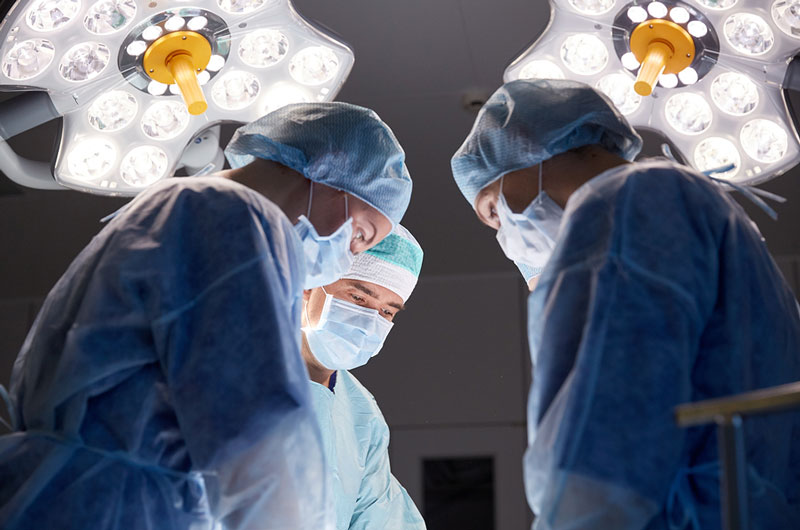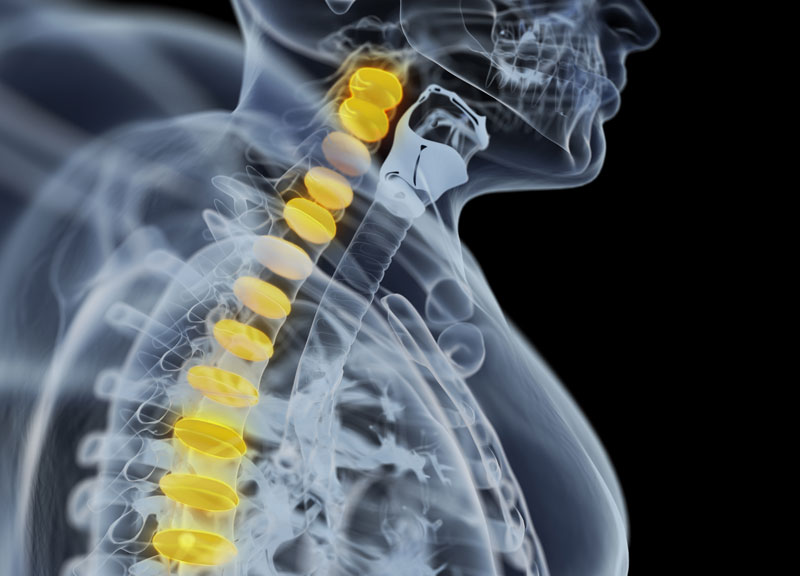Natural aging process, injury, trauma, shock – All can cause a spine fracture, the good news is that it can be treated!
What is a Spinal Fracture?
Breaking or collapsing of spine (vertebrae) leads to spinal fractures. This can happen for a number of reasons:
- Trauma
- Injury
- Accident (bad fall, slip, car accident)
- Simple movements (coughing, sneezing)
- Weak / brittle spine due to conditions such as osteoporosis or cancer
- Natural aging of the spine
Symptoms to Look For
Some of the major symptoms of a spinal fracture may include a sudden onset of back pain which lasts longer than a few days. This is usually visible in individuals with risk of having osteoporosis or low bone mass.
It is important to tell your doctor about these symptoms. He/she may ask you more questions about your symptoms. The doctor will also examine your back. In most cases, an x-ray or other imaging tests are recommended to confirm there is a spinal fracture. Back pain is caused due to a number of reasons. A spinal fracture is one of them.
How Common are Spinal Fractures?
Spinal fractures are very common. Fractures are twice as common as hip fractures and three times as common as breast cancer. Women over 55 (post menopausal) are more vulnerable to spinal fractures. Studies reveal that women over the age of 50 are likely to suffer an osteoporosis-related spinal fracture.
Spinal Fractures – What if They are Not Treated?
A spinal fracture should not be left untreated. This is dangerous because untreated fractures leads to healing of vertebra right within the “caved in” or “broken” position. This causes kyphosis, or increased forward curvature. It is a medical term used for a visible postural change. Most individuals also refer to this condition as “hunchback” or a “dowager’s hump”.
A spinal fracture which is not treated on time and remains deformed can shorten the spine. The spine is also pushed forward only to adversely affect the natural alignment of spine. Modifying posture to make up for the kyphotic deformity will eventually affect the way you walk. It also results in additional strain to back and joints.
A misaligned spine may compress the body’s internal organs. This results in health problems unrelated to spine. These include the following listed below:
- Reduced mobility
- Loss of balance
- Vulnerability to falls
- Low capacity to take care of oneself
- Reduced days of activity
- Spending more number of days in bed
- Low appetite
- Sleep related disorders
- Chronic back pain
- Fatigue
- Feelings of isolation
- Depression
- Unexplained sadness
- Increased risk for fracture in future
- Poor quality of life
How are Spinal Fractures Treated?
Spinal fractures can be treated through a minimally invasive procedure. The two main treatment options are designed to repair fvertebral compression fractures.
Vertebroplasty – This is a minimally invasive procedure where a surgeon injects liquid bone cement into the affected vertebrae. The surgery is done with an aim to stabilize the fracture and provide ample relief to the patient from pain.
Balloon Kyphoplasty – This is a minimally invasive procedure that utilizes a balloon Te reduce or fix the fracture. A cavity is created for bone cement which helps stabilize the fracture.




